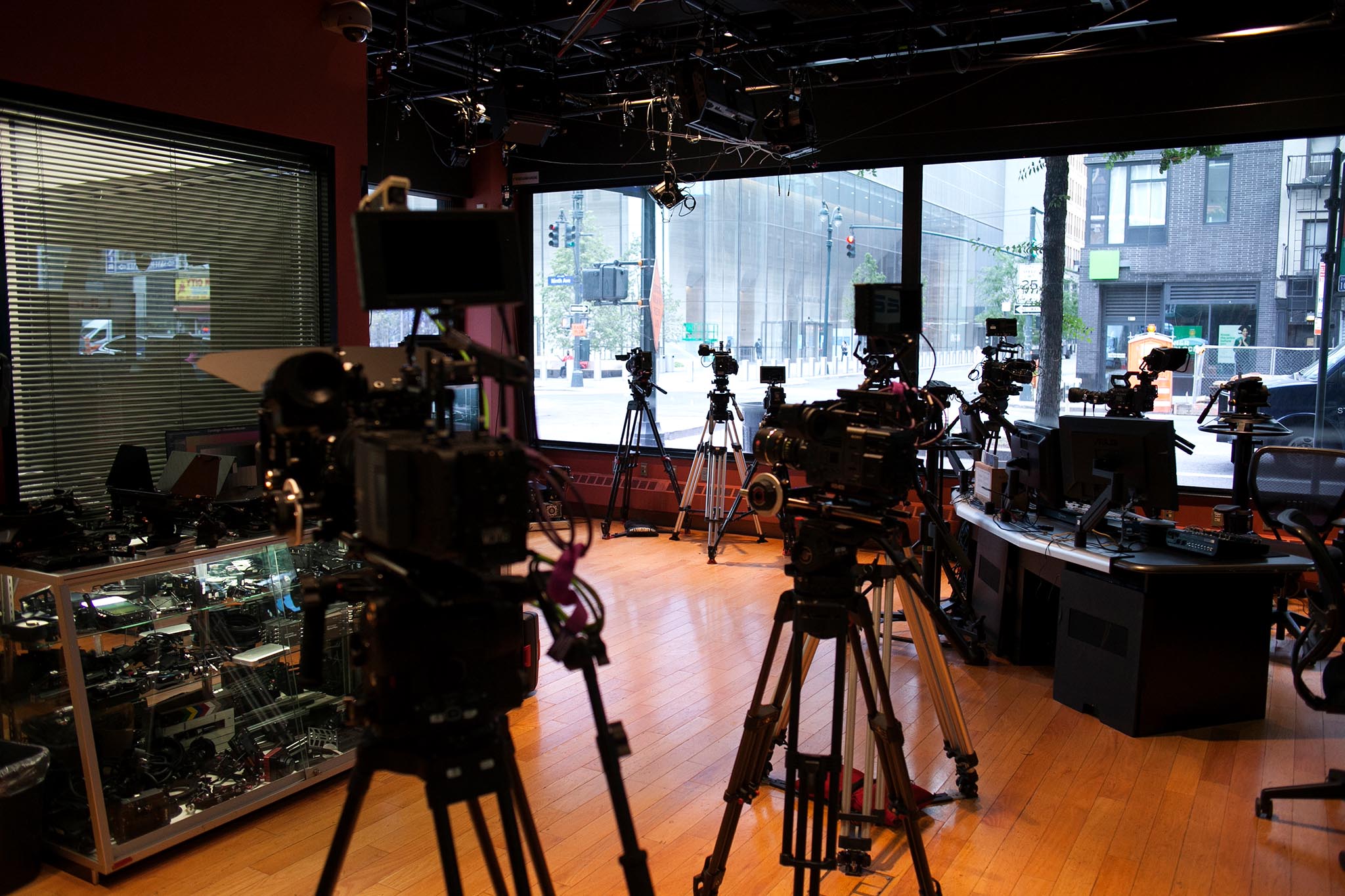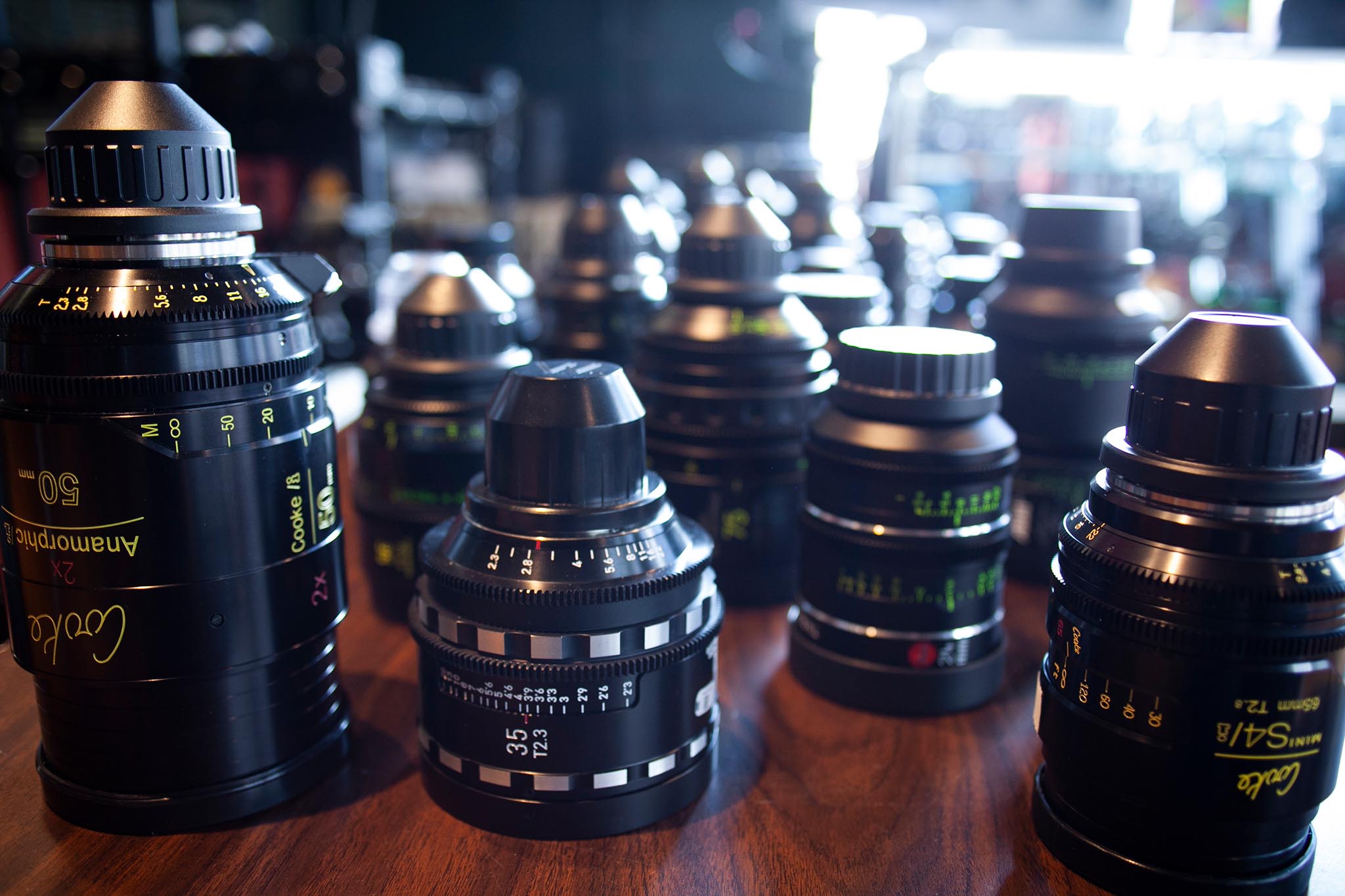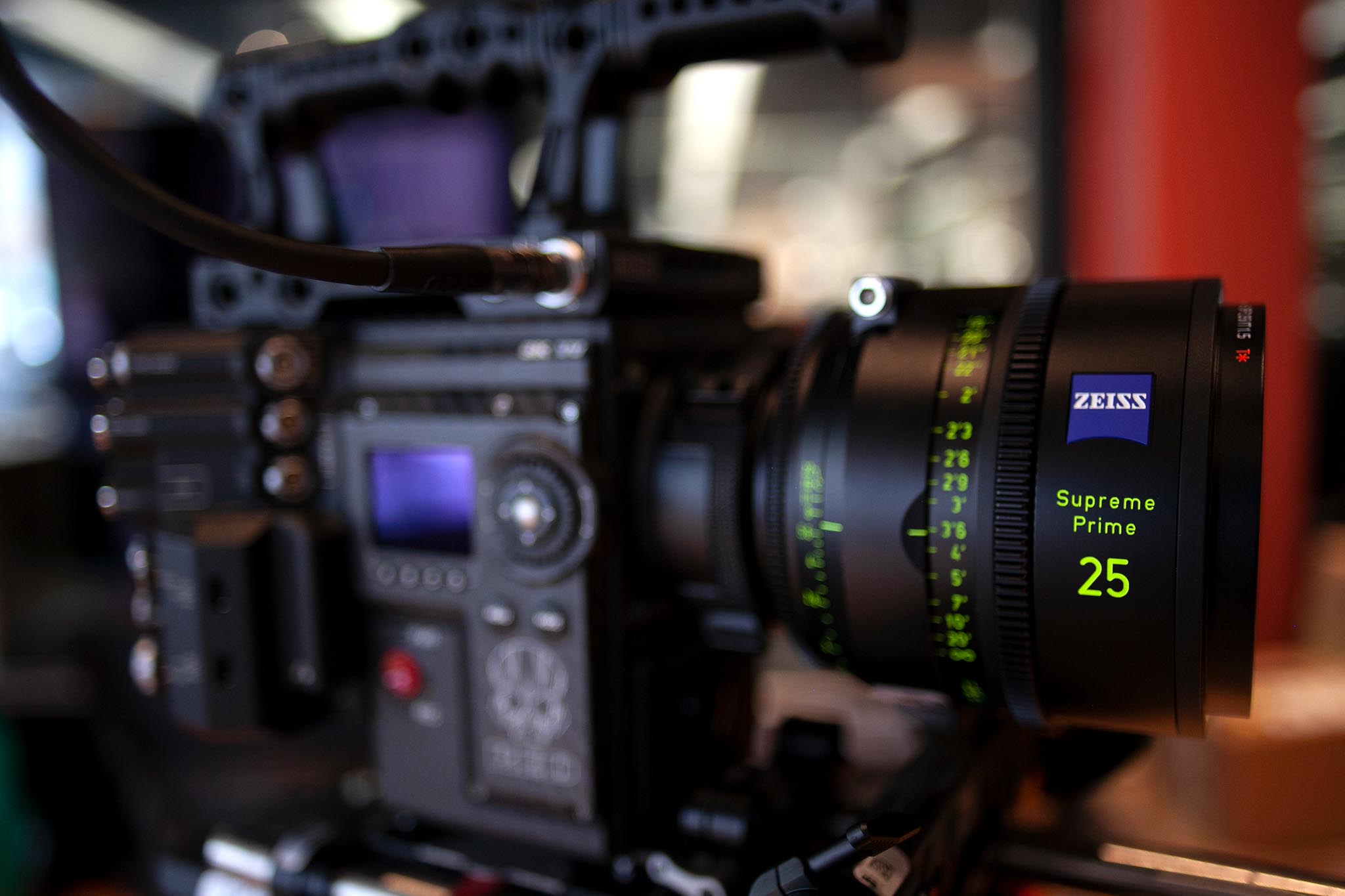Michel Suissa is General Manager, The Studio – B&H
JON FAUER: Usually we have these discussions in person over a fine French lunch. Aside from meeting by Zoom, how has the business of the business changed for The Studio at B&H?
MICHEL SUISSA: We have come to understand that a physical location as point of retail is not as critically important as it was for our business of serving professionals. It’s been enlightening. Our B-to-B (business to business) channel has gained more presence in the minds of the company’s upper management and they see us as an important part of the picture, more than ever.
Of course, if we could go back and make the pandemic go away, we all would, for sure. But if there’s a silver lining, it is that we’ve got to be better prepared for the future and that’s what we’re trying to do.
How do you think this is going to affect the future of equipment, production techniques and trade shows?
Trade shows are a long way away. It’s as distant as reopening large venues. Video chats are providing a way to reach customers on a more personal level, without distractions. Productivity is quite low at trade show, I find, compared to talking directly with a customer.
How has business been lately?
Business has been good. It hasn’t stopped. It’s been different. The sale of large orders of production equipment has slowed down dramatically. We’ve been able to adapt with people who are still doing production but have to communicate from multiple locations. The business models have changed.
Do have specific examples?
We have a fashion customer who finished an entire campaign that was shot in four different cities. The creative and production team remained in New York. The models were filmed in empty studios in Paris, London, and other European cities. We deployed secondary cameras attached to the rigs holding the “A” camera and they could interact with the talent as if they were there.
It comes down to what mode of communication you use. Do you want to rely on traditional WiFi or internet technology which exists everywhere but is also tenuous because a lot of people rely on Public internet traffic. If a dozen people in your neighborhood decide that they all want to stream a 4K movie at the same time, your bandwidth is going to come down to a crawl. We have a good partnership with LiveU deploying bonding technology that aggregates a number of cellular channels to increase bandwidth. That’s been another option for people who do not want to rely on traditional internet connections.
We’ve used a number of new modes of communication for wireless data transmission. A lot of people have installed mini-production environments in their own homes or backyards, for example, with a Blackmagic switcher or TriCaster and multiple cameras. A lot of universities, colleges, sports leagues and teams are exploring that method of communicating. It’s an entire spectrum with different needs that we’ve had to adapt to. We continue to support the production community. People are still going to need to produce content because the consumption side is not changing. You’re home more often and you need more content.
What about lighting?
We have been working with ARRI on IP-based and bonded cellular control of cameras and lights. The cameras and lights can be controlled via internet from a computer app. For example, if you have a complex lighting design with theatrical-style Leko lights as well as an entire stage with SkyPanels, you can have two people operating the same application at the same time with multiple remote logins.
When is it cellular and not hard-wired ethernet?
One of the ARRI sales people, François Gauthier, was in a location with a few lights, an ALEXA Mini LF and a series of lenses. He did not have good internet connectivity there. So, the only way to get a signal out was through a different type of wireless communication—bonded cellular.
Access to physical locations where you shoot is going to be far more limited in the near future. You’re not going to have a soundstage with 50 crew members. It’s going to be different. A lot of this work is going to be remote. We may see three or four camera operators and remote heads on a soundstage where each one of them communicates through an IFB (Interruptible Foldback) intercom or separate channels.
If the talent is on one stage and the camera operators are working elsewhere, what happens with latency and lag?
That’s where the technology will evolve. It’s not good enough to be three or four frames delayed. We need to make sure that the response time is instantaneous and as interactive as it can be.
Does that mean fiber optic networks?
It means fiber, widespread deployment of 5G, virtual private networks and the price of all this infrastructure coming down.
Does 5G offer much less latency?
5G has very low latency. Last year, we put together a studio for RYOT Films, a division of Verizon, with real-time VR requiring a lot of computational power for gaming across 5G networks between multiple locations and multiple users. It was in conjunction with another company partner of ours, Ncam, who do real-time motion tracking.
How are current sales of new equipment on the high end?
We’re optimistic. We’ve made, and continue to make, very wide commitments to the world of high-end digital cinema by investing in inventory as well as continuing to modernize our studio—to make sure that we have a level of readiness for the marketplace that did not exist before. These commitments are going to continue. They’re here to stay and I think we’re very encouraged by the fact that the demand for high-end camera systems has started to pick up substantially. That’s encouraging.
Do you see trends?
The demand from individuals, production companies and corporations with an in-house media department is growing rapidly.
It’s like going back to the French New Wave and Cinema Verité with a cameraman, director, and small crew in a minivan.
We’ve seen the non-scripted market—reality and documentary filmmaking—becoming a lot more interested in newer and higher-end technology. Especially with all the new OTT platforms, there is as much demand for good non-scripted content as there is for scripted television.
Feature filmmakers are taking on important causes and creating documentaries. Their standards for quality are high and because of that, the production companies involved are upping the ante. OTT platforms are providing the widest distribution. If you want your content to be acquired by some of these OTT platforms such as Netflix, Amazon Studios or even the newcomers Apple and Disney, you have to conform to their technical specs. That means you need your cameras to provide the acquisition they demand to make sure you qualify.
That’s where people are investing. For example, the last six high-end camera sales that we completed in the past week were for production companies creating non-scripted content, documentaries, on the high-end.
If it’s non-scripted, are they buying Full Frame or Super35 cameras. Are the lenses mostly zooms or primes?
Full Frame Cameras. And prime lenses. Oh, absolutely. It’s totally high-end and I’ve been impressed by the level of knowledge that exists within these companies. They know how to capture their material. It’s really creative. They know their craft and it’s fascinating to see what kinds of choices they make based on the nature of the content they create.
I would have expected zooms for documentaries. Rental houses are reporting widespread use of zooms on episodic TV lately.
Zooms are still prevalent. If you want to be more nimble and have a small crew, rather than changing your prime lenses all the time, a zoom lens is valid. But a zoom might be inherently larger, heavier and slower.
We see two parameters that play into the selection of prime lenses for this category. One is the look. Users are often very attached to what a lens is going to look like. Number two is price. People will ask, “What can I get for a certain price range that’s going to give me this look?” And then, there’s the reverse, “Okay, I want this look. What is going to be the budget for that?”
We’ve seen success with SIGMA Full Frame High Speed Primes, ZEISS Supreme Primes, all the way to ARRI Signature Primes. Of course, Signature Primes are more prevalent with people who choose an ALEXA Mini LF. So, Signature Primes are gaining a lot of traction. We think they’re great lenses and they are an excellent companion to the Mini LF. We’ve also seen a lot of continuing interest in Cooke lenses. We cannot stop them from flying off the shelves. And, we were successful in recently introducing the first set of Leitz PRIME lenses in the U.S.
You mentioned inventory. I would assume, in this new world, that having products in stock is very important.
It’s very important and also very delicate. You’re at the mercy of any downturn in the economy should production falter again. It is a gamble but we’ve decided that it is worth taking. We are happy to be gaining a higher level of respect from the community. Image is as important as revenue at the moment. Revenue will continue to grow. But I think that demonstrating a willingness to make an investment in better serving the community is something that’s really important.
(This is a “reprint” from August 2020 FDTimes issue 104.)










